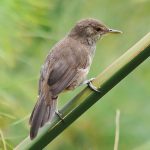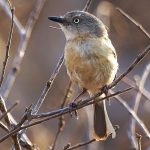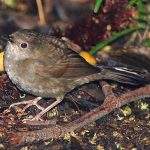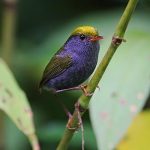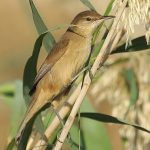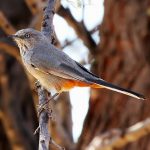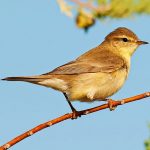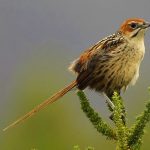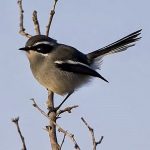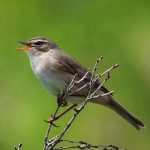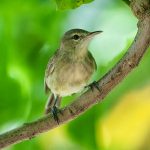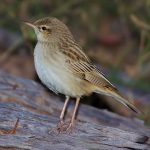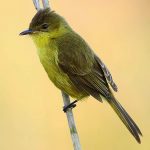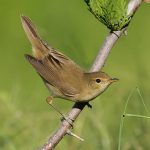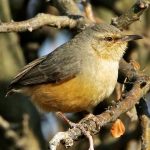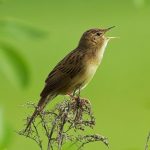Japanese bush-warbler
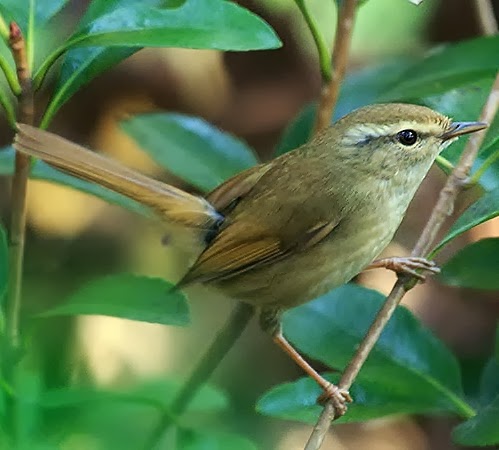
 |
| Photo by Mathew Poll (Birds Korea) |
Common name:
Japanese bush-warbler (en); rouxinol-bravo-japonês (pt); bouscarle chanteuse (fr); ruiseñor bastardo japonés (es); Japanbuschsänger (de)
Taxonomy:
Order Passeriformes
Family Sylviidae
Range:
This species is found throughout Japan, and also in Korea, north-eastern and eastern China, extreme south-eastern Russia, Taiwan and in the northern Philippines. There is also an introduced population in Hawaii.
Size:
These birds are 14-16,5 cm long and have a wingspan of 20-22 cm. They weigh 15-22 g.
Habitat:
The Japanese bush-warbler is found in bamboo thickets, grasslands and pine forests.
Diet:
They feed mainly on insects, such as flies, beetles, moths and grasshoppers, but also take worms, berries and fruits.
Breeding:
These birds breed in April-September. The female builds the nest, consisting of a cup made of twigs, leaves and moss. She lays 4-5 eggs, which she incubates alone for 13-16 days. The chicks are fed by the female alone and fledge 12-15 days after hatching.
Conservation:
IUCN status – LC (Least Concern)
This species has a very large breeding range and is described as uncommon to fairly common. The populations in Japan, China and Korea are each estimated at 10.000-100.000 breeding pairs. The population is suspected to be stable in the absence of evidence for any declines or substantial threats.



